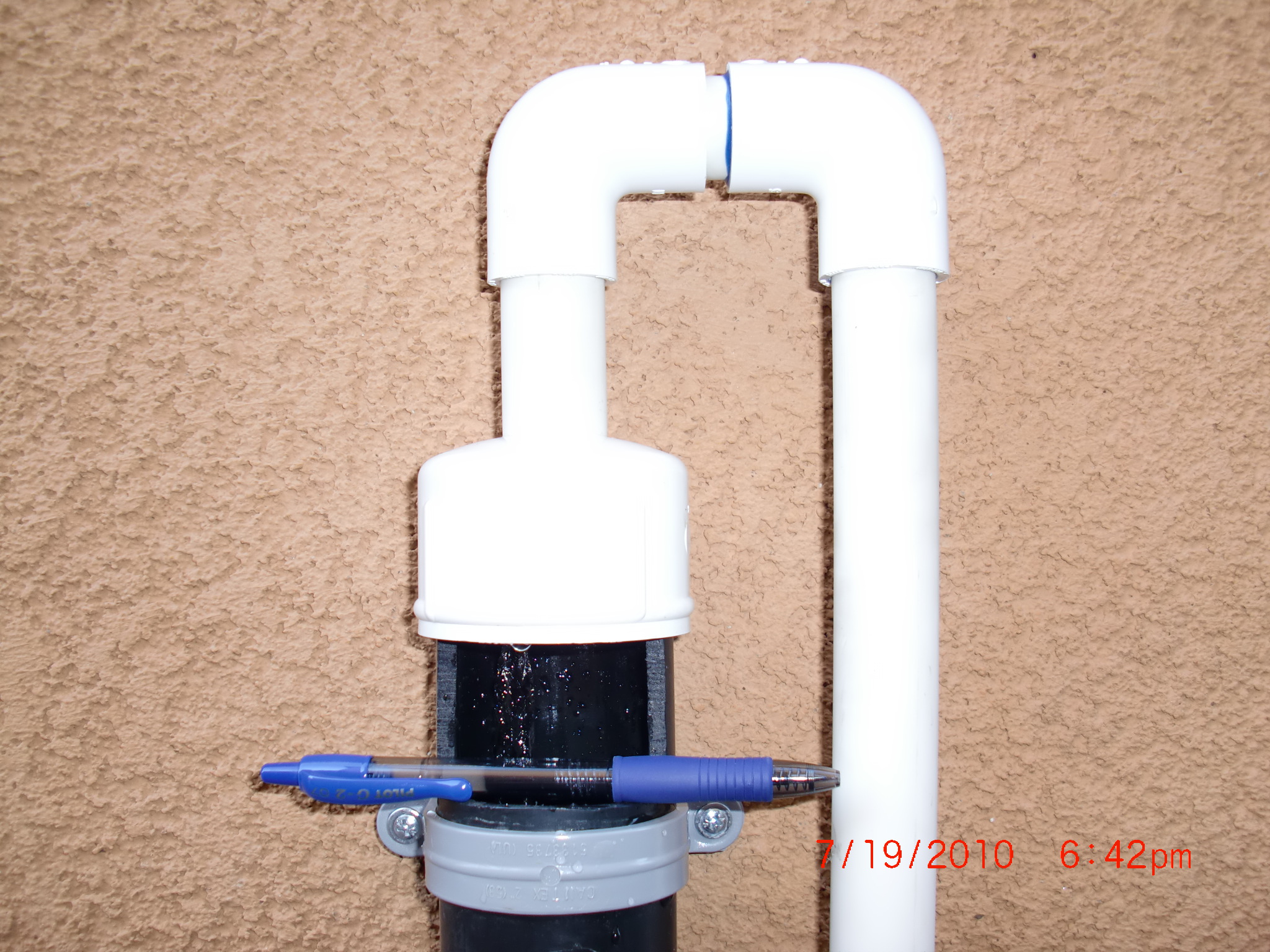Air Gap Device For Water Softener


What is an Air Gap? An air gap is the most simple and effective means of preventing contamination of a potable water supply. Once potable water leaves the outlet of a fixture, it's either used or sent down the drain.
Please share this video For more great information about water treatment. I am looking for a decent pre-made air gap for a Kenmore softener. Crane Sports Cross 7 Ergometer Manual Transfer on this page. I have done a search but not finding much, and few if any reviews of the ones I have.
In the event of a drain back up or flood, the contents of the drain line should never be able to make contact with the water supply - the two plumbing systems (for potable water and for waste) should always remain separate. Should they come into contact (a 'cross-connection'), the potable water supply can be seriously compromised. Contamination can occur in a backflow event, where either siphoning or a difference in pressure in the supply line can draw the contents of a directly-connected drain line into the clean water supply. Air gaps prevent cross-connections and contamination by discharging water and waste across an unobstructed space (a gap of air).
That space is between the fixture outlet and the 'flood level rim' of a receptacle (be it a sink, floor drain, standpipe, or other approved unit). Think of a faucet (outlet) and sink basin (receptacle): water that leaves the faucet flows across empty air into the basin. Even if the basin were to stop draining and back up to its flood level rim (the top edge or the overflow), dirty backed-up water can never reach the faucet thanks to the space between. The faucet/sink setup is a perfect example of the concept, but when we're talking about air gaps it's usually in reference to a fixture-specific device. Many are familiar with dishwasher air gaps, but there are other situations in which a direct drain connection might be prohibited, and an air gap necessary. Pro Tip: Most plumbing codes require a minimum 2' air gap. For discharge/supply pipes that are larger than 1' in diameter, the minimum gap distance is usually twice the pipe's diameter (e.g.
A 2' pipe requires a 4' air gap). Air Gap Devices For Dishwashers To many, a dishwasher air gap is merely the thing next to the kitchen faucet that water sometimes spills out of. But as explained above, its function is incredibly important: the rare backflow event that has the potential to move wastewater back through the drain hose and into the dishwasher is instantly neutralized with an air gap. For those with dual dishwashers (it's a thing!), a has twin inlets that can conveniently connect both units to the sink tailpiece or garbage disposal for draining. To learn more about dishwasher air gaps and how to deal with one that's leaking, click! For Reverse Osmosis Systems (RO) is one of the most effective and popular water filtration methods around, but produces a good amount of wastewater (or 'brine').
Most plumbing codes require an air gap on the RO drain line to prevent the possibility of contamination. Since RO systems must dispense water through, many opt for an air gap faucet that incorporates the air gap inside the body of the faucet itself.
For those with dishwashers in the kitchen, a can be installed to service both fixtures, allowing you to use an (often less expensive) standard RO faucet. RO systems with an air gap often make gurgling noises during the regeneration cycle as the water spills across the gap and into the drain. Annoying as this may be, we still recommend using an air gap with any RO system, even when not required by code. This is not only a safety concern: a backflow event could also damage the RO system, adding insult to injury.
Adrian Predrag Kezele Pdf Printer. For Water Softeners are another fixture that regularly discharge brine, and are usually prohibited from having a direct drain connection. Because they're usually installed in garages, basements or utility rooms, softeners are typically drained into a floor drain, laundry sink, standpipe or a washing machine outlet box. When floor drains or sinks are used, the softener's drain hose/pipe can simply be secured above the receptacle following local guidelines for air gap distance. Securing the line is important, as the softener discharge does exit with some force.